ASSERTIVENESS
Année du cours : 1 année(s)
Etablissement : IÉSEG School of Management
Langue : English
Formation(s) dans laquelle/lesquelles le cours apparait :
Période : S1
Students should be prepared to participate actively in class activities and to reflect upon various experiences including their own. Presence and participation will be taken into account for final grading.
At the end of the course the student should be able to :
• Communicate effectively in English
• Equipped with strong team leadership skills
• Compose constructive personal feedback and guidance
• Integrate different skills and management disciplines in support of interdisciplinary responsibilities
• Distinguish between assertive, aggressive, passive and passive-agressive behaviours.
• Identify possible causes for lack of assertiveness.
• Develop self-knowledge
• Express assertively using specific verbal and non-verbal techniques.
• Grow self-confidence especially in conflicting situations.
• Request what they want in an assertive way.
• Disagree with the other person in such a way that helps them understand the matter without taking it personally
• Say No in both an effective and assertive way
• Deal with conflict while staying friends
Understand what Assertiveness is and how it differs from aggressive, passive or passive-aggressive behaviour. Model and adopt assertive behaviours.
Gain self-knowledge through the use of personal developpment tools and techniques (the NLP TEA model,…) .Grow self-confidence by asserting core values, rights and responsibility.
Get acquainted with Steiner’s stroke economy :
• Request and ask for what you want and learn to react when your request is not registered
• Criticise using a step-by-step approach to give constructive feedback,
• Receive Criticism
• Express your disagreement , say No while staying friends
Implement clear and assertive communication :
• With tools like Berne’s life positions, active listening, expressing needs, etc….
• Understand emotions and the important role they play in solving difficult situations
• Deal with conflict assertively to reach a positive win-win outcome( Gordon’s method and Rosenberg’s non violent communication approach)

